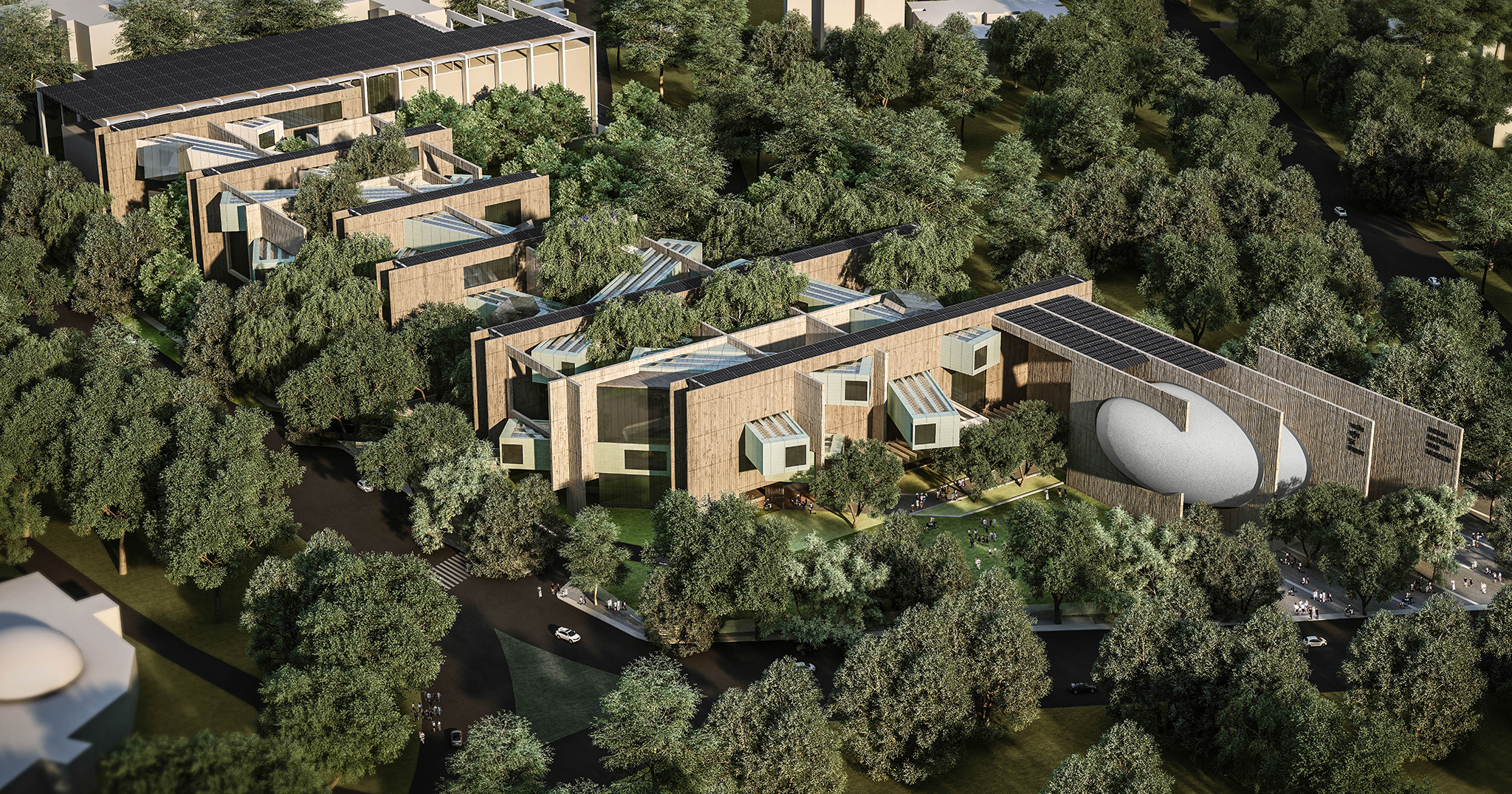The Indian National War Museum is proposed to be constructed on 10.71 acres in Princess Park, in harmony with the National War Memorial. Both are, near India Gate, in the Lutyens Zone, of New Delhi. The Site is densely covered with 80-100 years old large trees. Princess Park has large barracks, unoccupied and in shambles.
The Museum is envisaged to collect, preserve, interpret and display military artefacts and house the best of our war traditions and history. Portray significant events of our nation’s wars and conflicts and related objects of historical importance for education and promoting patriotism.
The fundamental idea of the design approach is to cause minimum damage to the existing trees and their root bowls. The design has been carefully tailored to site in a way that each tree, its position and its foliage is protected. The old structures on site are also carefully demolished and the existing vehicular routes on site are maintained.
The landscape of the region including the built and unbuilt architecture has a very strong reference of geometry and typology respectively. Learnings from both of these extremes with the vision of modern India with new technology, the proposal sits humbly on the site, in natural surroundings.
An understanding of the role of the Armed Forces in Nation building and awareness of the glorious military heritage of country is immense in instilling National pride.
The proposed design strives to retain all the trees at site. The linear built form is contained in the existing building footprint in the form of Baffle Walls, Service Cores and Fire Escapes being the only elements that tread on the ground.
Gallery spaces 9 m wide and 6 m in height of varying lengths span across the linear cores that are spatially arranged around the tree foliage. The configuration of Gallery spaces at Three levels results in interesting enclosed courts with full grown trees. The conception of the structure is a direct translation of the Bailey bridge that is frequently used by the armed forces. The process of construction is in-situ concrete walls and then a quick assembly of the prefabricated truss, the substructure and the cladding.
Our built form with its unique array of spaces, courtyards, open spaces, indoor spaces gives an immense opportunity to the curator to showcase his creative skills.
The journey of a visitor is not structured as normally happens but is based on the individuals interests, choice and curiosity.







